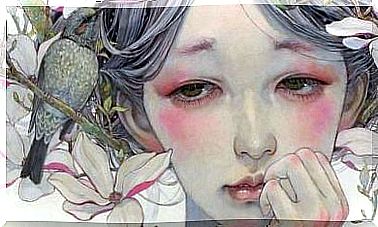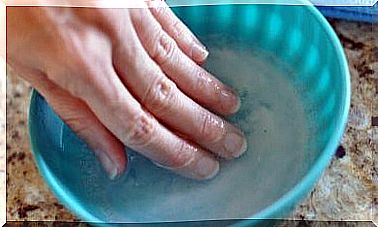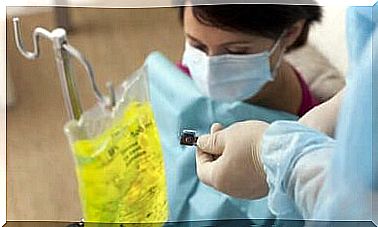Treatment Of Tourette’s Syndrome

The treatment of Tourette’s syndrome is not a common practice, because this neurological disorder affects 1 in 100 people. The disease is characterized by the appearance of tics (involuntary compulsive disorders), which evolve into repetitive movements or unwanted sounds.
This disease has a major impact on the lives of patients, affecting both social and work-related aspects. Unfortunately, there is no cure at this time. However, there are different approaches that can improve the situation of patients. We will explain everything in the paragraphs below.
What is Tourette’s syndrome?
Tourette’s syndrome, as I just mentioned, is the occurrence of involuntary movements or uncontrollable sounds. In most cases, this pathology begins to manifest in childhood or adolescence, before the age of 15 years.
The cause of this disorder is unknown. But experts believe that both genetic and environmental factors play an important role. In fact, Tourette’s syndrome is more common in people with a family history and occurs more often in men than in women.
Ticks are sudden, short movements or sounds. They are divided into two categories: simple or complex. The first are those that involve small muscle groups (for example, frequent blinking). Complex tics include several muscle groups.
Many people identify Tourette’s syndrome as the pathology that causes the uncontrolled appearance of swearing or insults at inappropriate times. However, the manifestations can vary greatly and do not necessarily include this symptom.

Medical treatment of Tourette’s syndrome
Many people do not require any treatment for this condition. This is because, in some cases, the symptoms are mild and do not affect daily life. However, they can also be disabling, which is why there are different forms of ticking. One of them is through medication.
An article published by the National Institute for Neurological Disorders and Stroke states that certain neurotransmitters, such as dopamine, are involved in the development of this pathology. Therefore, medical treatment for Tourette’s syndrome involves substances that block or lower dopamine levels.
For example, doctors prescribe haloperidol and risperidone. On the one hand, these drugs seem to help reduce tics. On the other hand, they present a high risk of side effects, such as weight gain.
Another option is to inject botox into the tick-generating muscle. Studies on the use of anticonvulsant drugs, such as topiramate, are currently underway.
At the same time, it is important to point out that Tourette’s syndrome usually manifests itself alongside other pathologies. Some of these include anxiety, depression and obsessive-compulsive disorder. Therefore, doctors frequently prescribe antidepressants and anxiolytics to alleviate all these problems.
Behavioral therapy is a type of psychological therapy that aims to re-educate patients to learn to control their tics. The idea is that when patients identify the signs that appear before involuntary gestures, they can produce another response that counteracts them.
This type of therapy consists of different strategies. Although it helps reduce the number and severity of tics, it is not a definitive remedy for Tourette. In addition, it is not effective for all patients.
One of the techniques in behavioral therapy is reversing habits. According to a study published by Miguel Hernández University, it offers the possibility to effectively treat Tourette’s syndrome without resorting to drugs.
This method consists of different stages and involves a greater awareness of tics in order to identify them. Individuals learn to produce a response incompatible with the tic.
For example, suppose the tick consists of touching the head with the hands. So, the first step would be to be aware of this movement and when it will appear. A new behavior would be to place your hands elsewhere, such as on your knees, to avoid making the gesture.

This type of strategy is not only aimed at patients, but also involves other people in their environment to stimulate recovery. For example, if the patient is a school-age boy, then the treatment will also involve the boy’s teachers.
What you should remember about the treatment of Tourette’s syndrome
Behavioral therapy is a promising front for improving patients’ quality of life without the need for medication. It is very important to emphasize that psychological support is essential when it comes to dealing with pathology.









